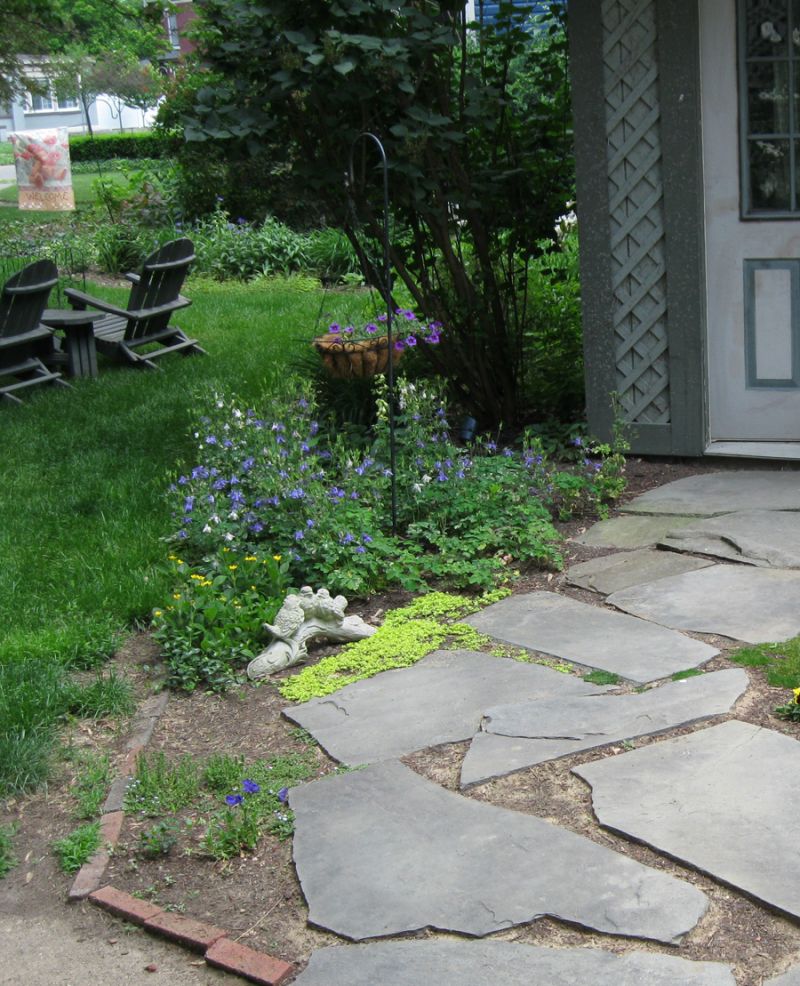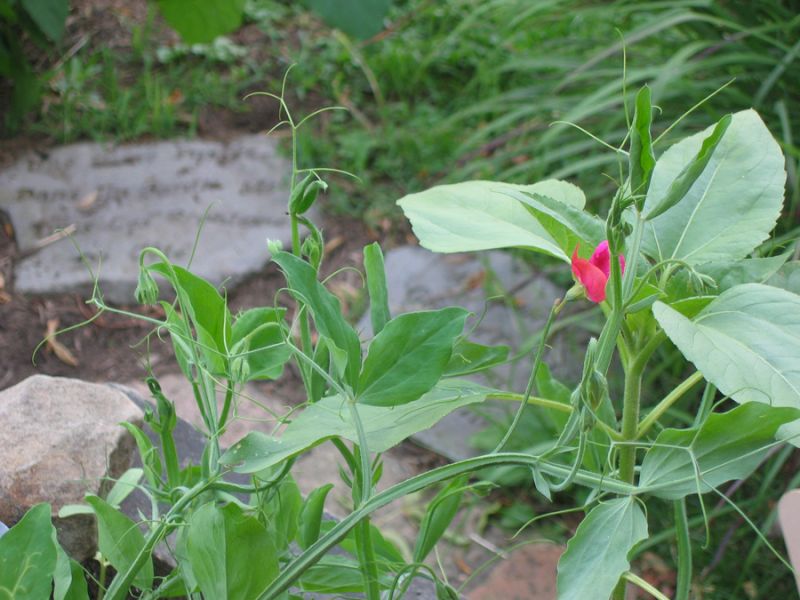Landscaping on a budget is not impossible
Summary: We all want perfect landscaping and that can be costly. Sticking to a budget and being realistic will allow you to have a nicely landscaped yard without going broke. With patience and a little work, your yard can become your dream yard.
Landscaping on a budget is not the challenging part. Landscaping on a small budget is where trouble arises. Face it, it can get expensive. There are ways to stay within a budget, even a small one and still get the landscaping you want.
Set a budget
Setting a budget is the first thing you need to do. When you know how much you have to spend you can tailor your purchases to fit within the budget.
Do the work yourself
Labor is expensive and if it seems out of reach try to do the work yourself. Sure, some work is backbreaking. If you are unable to do the work, change your plan. Be realistic.
Seek out bargains
You can find many items at a reduced cost and even at no cost. Perhaps someone in your neighborhood is tearing down and old brick garage, ask them for some bricks. You can turn them into a charming path or patio. Inexpensive and free items are out there. Check local newspapers and resources like Craigs List for free items. Some folks are willing to give things away as long as you come and pick them up.
Even garden centers, greenhouses and nurseries offer items at reduced cost. Plants that are out of season or not as healthy as the owner would like might make you a deal or give them away at no cost.
Choosing plants
When choosing plants to incorporate into your landscaping; choose wisely and with common sense. Perennials return each year and can be divided every couple of years. You only have to buy them once. If you like annuals and want to add them to your landscaping consider starting them from seed. You can plant fifty petunias from seed for the price of one plant. Keep in mind when starting plants from seed you need the proper light and space for them to thrive prior to going into the landscaping.
If you are unable or unwillingly to start seeds you can still save money by purchasing smaller plants. A plant in a pint-size pot might cost you $3.99 where a larger plant of the same variety in a gallon-size container will run you about $14.99. By mid-season both plants will be the same size. Start small and you can buy more to fill up your landscaping.
If you have a lot of space to fill, consider fast-growing perennials like lemon balm, phlox or ivy. Consult your nursery. They will be able to guide you in choosing plants that will work best for your landscaping.
Compost
Composting kitchen scraps and yard waste can provide a soil amendment that can be added to your flower beds each spring and fall. This will reduce fertilizing costs. Adding compost to beds provides much needed organic matter that will attract worms and micro organisms that promote healthy soil which in turn will give you healthier plants.
Choosing mulch
Mulch looks good and helps keep moisture in and weeds out. Some mulch decomposes and that can be good for the soil but it will mean you have to replace it each year. Pea gravel or other small rocks makes excellent mulch and lasts for years. The initial investment might cost more but it will save you money in the long run by not having to replace it every year.
Install a rain barrel
Keeping your plants in your landscaping healthy requires the proper amount of water. If you pay for water through a municipal system this could mean higher water bills in the warmer months. With a rain barrel you have access to free water when the rain is not enough to keep plants hydrated. Rain barrels also prevent unnecessary runoff from entering the wastewater system and becoming a burden on your communitys water treatment plant.
You may not be able to have your dream landscape in one season but when spread out over the course of several seasons your landscaping can become a lush, easy to maintain set of beds, borders and paths that compliment your home and allow wildlife to coexist nicely.




